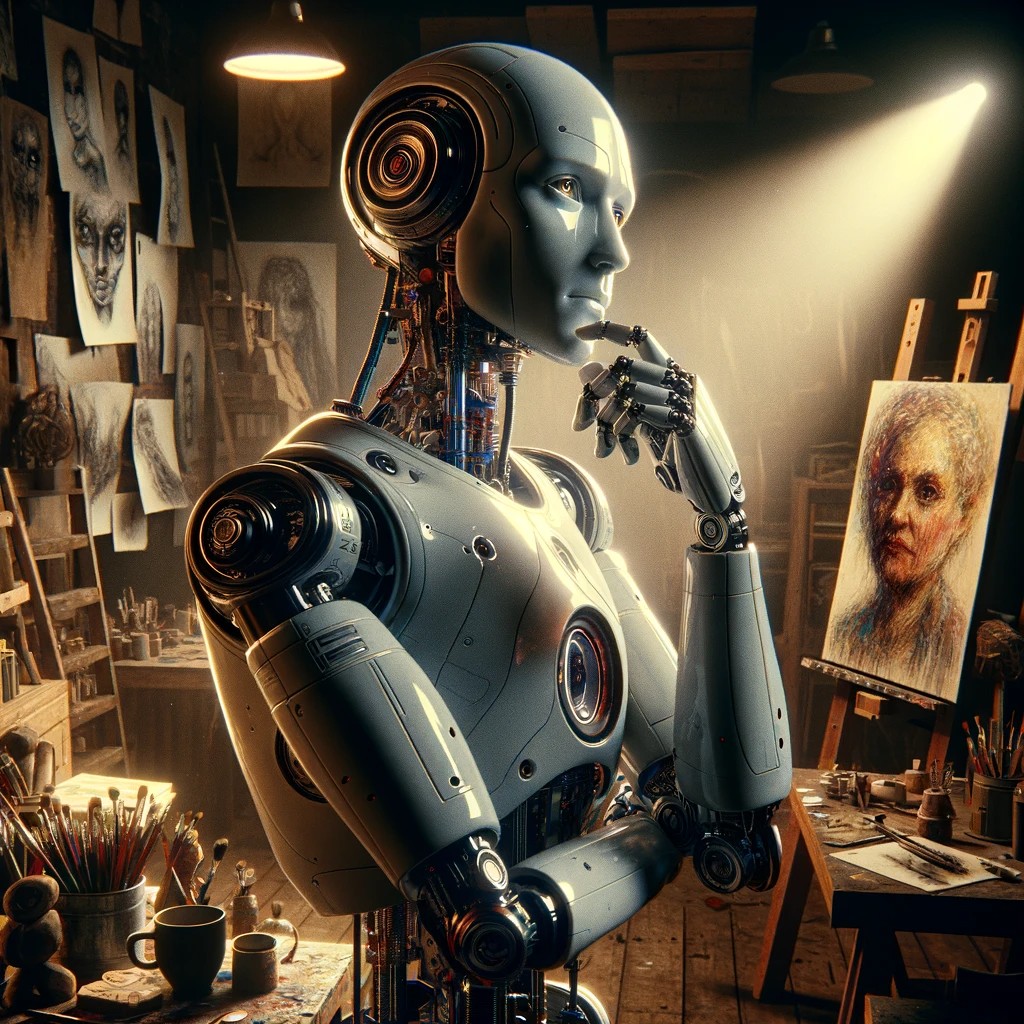In a surprising twist to the ever-evolving landscape of artificial intelligence in the arts, Sweden-based artist and author Supercomposite has declared a temporary departure from the world of AI creativity. Acknowledging the addictive nature of the process, Supercomposite, whose real name is Steph Maj Swanson, discloses her frustration and limitations in working with AI to produce art. The artist, renowned for her viral creation “Loab,” unveils the dark side of the technology that led her to burnout and ultimately shift her focus to a different form of artistic expression.
The real news here lies in Supercomposite’s candid admission of the challenges posed by AI in the creative realm, highlighting its limitations and the toll it took on her artistic journey. Let’s delve into the intricacies of Supercomposite’s AI odyssey, exploring the highs and lows that accompanied her exploration of this cutting-edge technology.
The rise and fall of “Loab” – A viral sensation
Supercomposite’s venture into the world of AI art began with the creation of “Loab” in 2022, a haunting portrait that gained widespread attention on social media. Using tools such as Midjourney, Stable Diffusion, and DALL-E, the artist experimented with negative prompts to generate unique and unconventional images. The process involved excluding elements from images, leading to the birth of the mysterious and unsettling “Loab.”
As social media posts about “Loab” went viral, the images sparked intense discussions on visual aesthetics, art, and the role of technology. Critics and admirers alike engaged in conversations surrounding the ethical implications of AI-generated art, further elevating Supercomposite’s work into the realms of controversy and acclaim.
The dark side of AI art – Burnout, addiction, and unsettling recurrences
Despite the initial success and recognition, Supercomposite reveals the darker side of her AI art journey. In an interview at the Chaos Communication Congress, she expressed her frustration and burnout, describing the addictive nature of continuously pushing the AI’s creative boundaries. The dopamine rush from obtaining instant results became a double-edged sword, leading to a creative exhaustion that prompted her to step away from AI art.
What adds an eerie twist to Supercomposite’s narrative is the recurrent appearance of “Loab” in disturbing scenarios, often alongside children and within macabre, bloody worlds. Despite her attempts to modify and diversify the AI-generated images, a peculiar trend emerged – “Loab” reappeared after disappearing for several generations of the creative process. The artist’s inability to control or comprehend this phenomenon became a significant factor in her decision to distance herself from AI art.
The enigma of AI creativity – A reflective pause
As Supercomposite takes a hiatus from the captivating yet challenging world of AI art, her story raises profound questions about the boundaries and limitations of artificial intelligence in the creative process. What implications does her experience hold for the future of AI-generated art? Is the addictive nature and unpredictable outcomes of AI a barrier to its integration into the art world, or does it open new frontiers that demand careful exploration?
Supercomposite’s journey, marked by the rise and fall of “Loab,” forces us to confront the complexities of AI in the hands of artists. As we navigate this intersection of technology and creativity, the shadows cast by Supercomposite’s revelations linger, prompting us to reconsider the true potential and limitations of AI in shaping the future of artistic expression. What lies ahead for artists like Supercomposite, and how will the evolving relationship between humans and AI impact the landscape of art? Only time will unveil the answers to these intriguing questions.
From Zero to Web3 Pro: Your 90-Day Career Launch Plan
